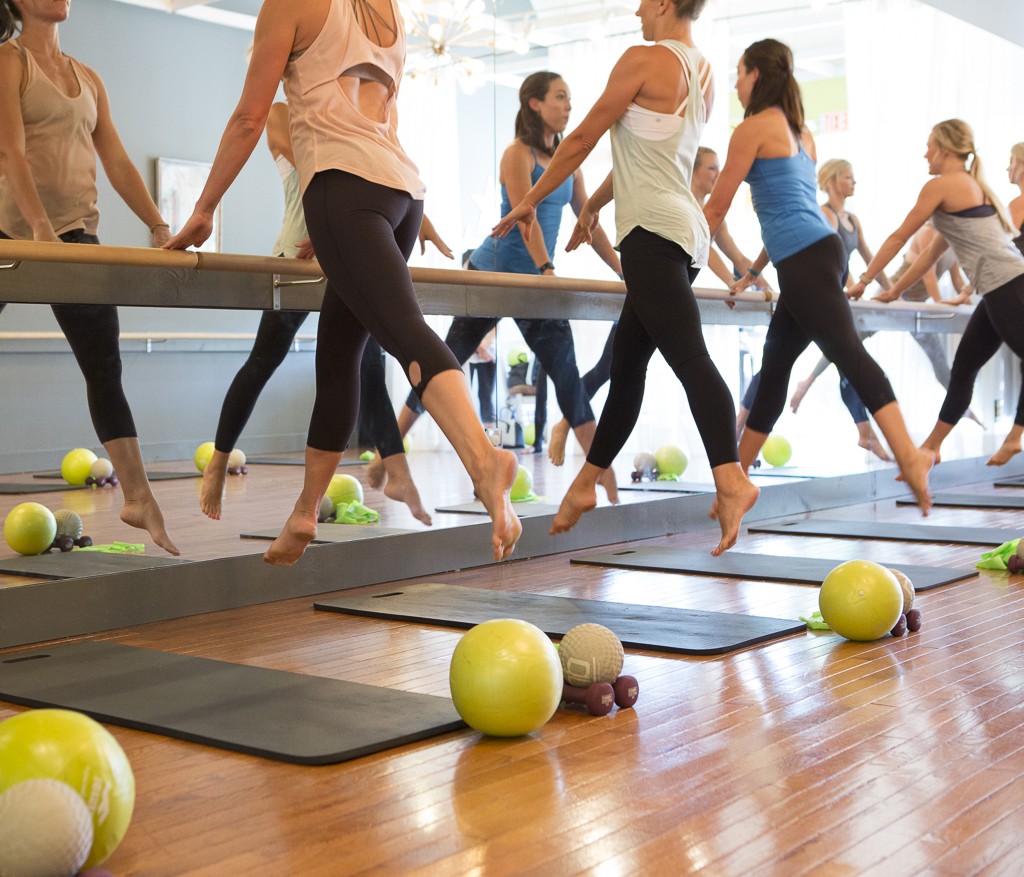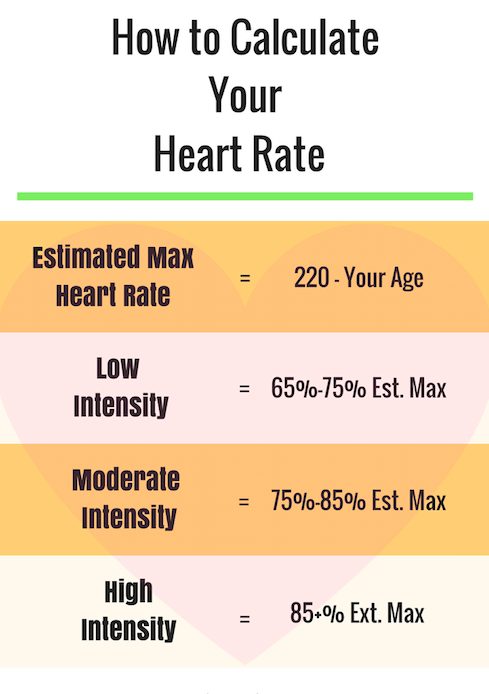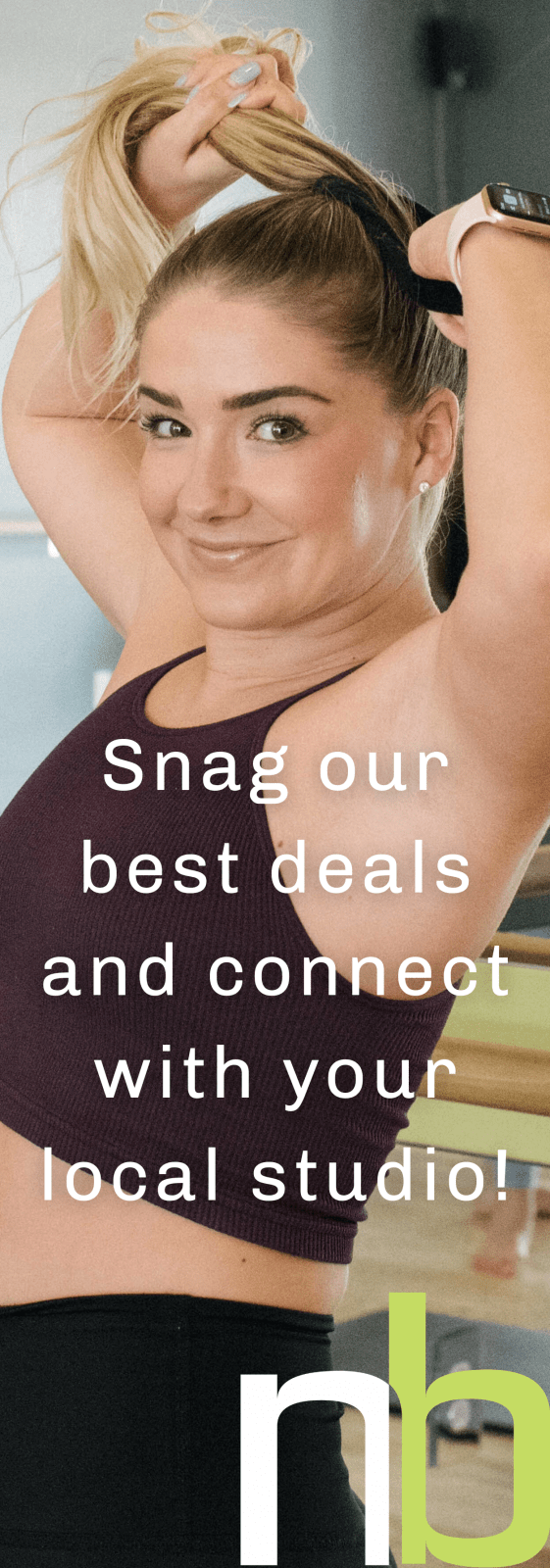Incorporating Cardio at the Barre
HIIT exercise seems to be the buzz word in the fitness world this year, and for good reason. ‘Burst’ training, is typically a tabata-timed format of exercise, where you perform short bursts of high intensity moves with periods of quick rest.
It’s approach of working out at a very high intensity, through short intervals, promises to deliver more results in less time than other workouts. But there’s one big caveat, you have to nail the intensity.

Although the work-to-rest ratio (i.e. tablet timer) is an important part of the cardio effect, reaching your own personal 80 – 95% range maximum heart rate makes all the difference. Your maximum heart rate can be ‘estimated’ by using the formula below.
Try wearing a heart rate monitor in class to keep track of where you want your heart rate to be, and calculate that range in advance. This way you’re also keeping track of when you may be overexerting yourself and when it may be time for you to slow down.
No heart rate monitor, no problem. You shouldn’t be able to complete an entire sentence after you’ve completed an interval. Check yourself by repeating a sentence after each series (plus, a little extra self-motivation goes a long way!

Everyone’s ‘maximum’ is going to look different, so we’re equipping you with some tips to take it at your own (challenging) pace during your next HIIT class at the barre:
- Consider the ‘mid-level’ your baseline. This is typically what the instructor will demonstrate as the initial move. You won’t know what your body can do until you try!
- If you can’t finish a full sentence after your first series, try performing the move without the jump, or reducing your range of motion/slowing your pace down by 1 – 2 seconds to reduce your heart rate by 5 – 10%.
- If your heart rate isn’t within your high intensity range, try adding a piece of equipment. Typically grabbing your hand weights is a safe bet. If you are at the barre, try popping your heels, or increasing your pace by 1 – 2 seconds. If you’re jumping, try adding a ‘click’ of the heels at the top of your jump for an added challenge.
- Your instructor will be giving you options within each exercise, so listen to what your body needs in that very moment. And remember the next rep may be different. Just because you needed to lose a jump your second set, doesn’t mean you can’t add it back on your third!
- Constantly be checking in with your heart rate throughout class, and use the mirrors throughout the room to constantly tune into your form, and your range of motion. Proper form improves your results, and keeps you safe!


